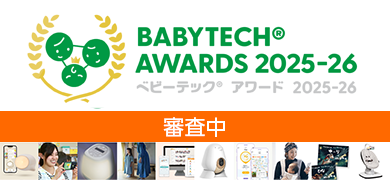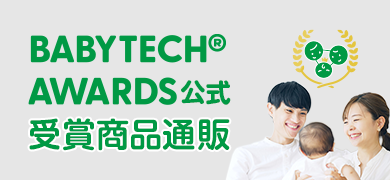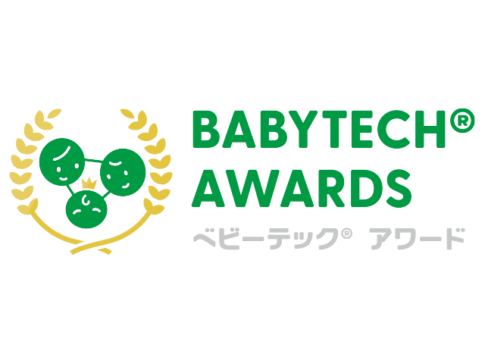- A "device" and "system" that can remotely measure and record fetal heartbeat and labor status.
- The world's first full wireless measurement is possible, and obstetrics and gynecology hospitals will benefit from its introduction.
- It is expected to continue to spread especially in "rural areas" and "developing countries" where there is a shortage of medical specialists.
These devices can measure the same data as the delivery monitoring devices used in actual obstetrics and gynecology hospitals, and the contents can be checked remotely by a doctor. The BabyTech.jp editorial staff interviewed Mr. Hiromasa Kono, CMO (Director, Chief Marketing Officer) of Melody International Inc.
(We spoke to...)
Melody International, Inc.
Hiromasa Kono, CMO

Significance of being able to remotely measure "fetal heartbeat" and "labor status" using the Internet.
Editorial: Can you give us an overview of your products?
Kono: iCTG" is a device that can remotely check the condition of pregnant women, based on a delivery monitoring device originally developed at the University of Tokyo. Melody i" is the name of the entire system (platform), including the "cloud server" that records and transmits the data measured by "iCTG" via the Internet. Among the devices that make up the "iCTG," the pink sensor measures the "heartbeat of the baby inside the tummy," and the blue sensor is a "pressure sensor" that measures the "frequency and intensity of labor pains of the pregnant woman.
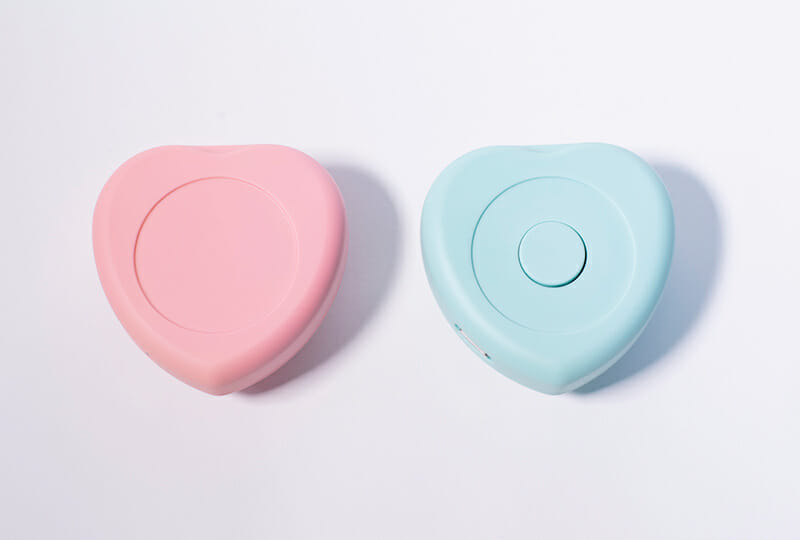
Editorial: How is it actually used?
Kono: For example, if this device is used by a pregnant woman living in an area where there is no obstetrician, an obstetrician in a remote location can diagnose the data and issue instructions such as, "The baby will be born tomorrow or the day after tomorrow, so please come to the hospital. In other cases, if the baby's heartbeat is weak, there is a possibility that the baby will suffocate in the birth canal during a normal delivery. Therefore, by looking at the iCTG data, an obstetrician in a remote location can decide to switch to a "cesarean section.

Progress as a Technology Supporting "Telemedicine" in Obstetrics and Gynecology
Editorial: Can the public purchase this device?
Kono: Since these are medical devices, they are sold only to doctors and medical institutions. In fact, this device was used more than a decade ago when the current Empress Masako gave birth to Princess Aiko. At the time, this device could not originally be used in Japan due to the strict restrictions of Article 20 of the Medical Practitioners Act (doctors must provide medical treatment in person), but the emperor's family was able to use it because the general law did not apply to them.
However, the manufacturer of this device at the time decided that it could not be sold in Japan as long as there were restrictions under Article 20 of the Medical Practitioners Act, and stopped manufacturing it. We took over the manufacturing of the device and began selling it overseas. The winds in Japan changed after the Great East Japan Earthquake in 2011. In the wake of that disaster, Japan's legal system changed dramatically in the direction of allowing "remote medical care," and "iCTG" was able to obtain a license and approval.

Editorial: So your company's efforts over the years have been recognized.
Kono: Various improvements have been made to the device as well. For example, the original device could only listen to the heartbeat at a remote location on the data receiving side, not on the sensor side. This made it very difficult to locate the fetus and move the sensor to the right place. That is why we have improved the sensor by attaching a speaker to it as well, so that pregnant women can hear the heartbeat.
There are other advantages to remotely measuring the data necessary to determine the condition of a pregnant woman. Pregnant women have constantly high blood pressure because of the blood supply to the baby, but if blood pressure is measured in an unfamiliar environment such as a hospital, the blood pressure will be even higher than normal and abnormal data that cannot be used will be obtained. Therefore, using this device to measure blood pressure in a familiar environment, such as at home, has the advantage of obtaining more accurate data. We are currently working with the Japanese Society of Obstetrics and Gynecology to establish rules for the use of this device.
Full Wireless" brings tremendous benefits to both the hospital and the expectant mother.
Editorial: What is the feedback from those who use the service?
Kono: First of all, physicians feel no sense of discomfort using this device because the basic operation method and measured data are the same for both conventional delivery monitoring devices and this device. In addition, while conventional delivery monitoring devices only output measurement results on "paper," this device can be used with a smartphone or tablet to view data while away from the hospital or at home. This is another advantage of the device, which allows doctors to give instructions immediately, even when they are away from the hospital.
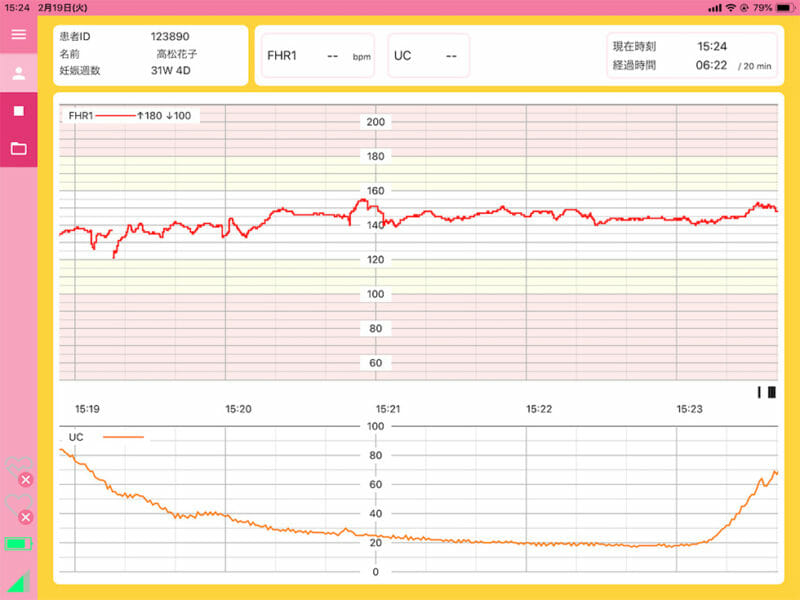
For pregnant women, when they need to wear a delivery monitor at all times, such as when they are given a labor-inducing drug during childbirth, conventional devices require them to call the nurse and ask her to remove the device each time they go to the bathroom or other places. On the other hand, our "iCTG" is fully wireless, so the patient can go to the restroom without leaving the device on. This has made things much easier for both pregnant women and nurses. ......
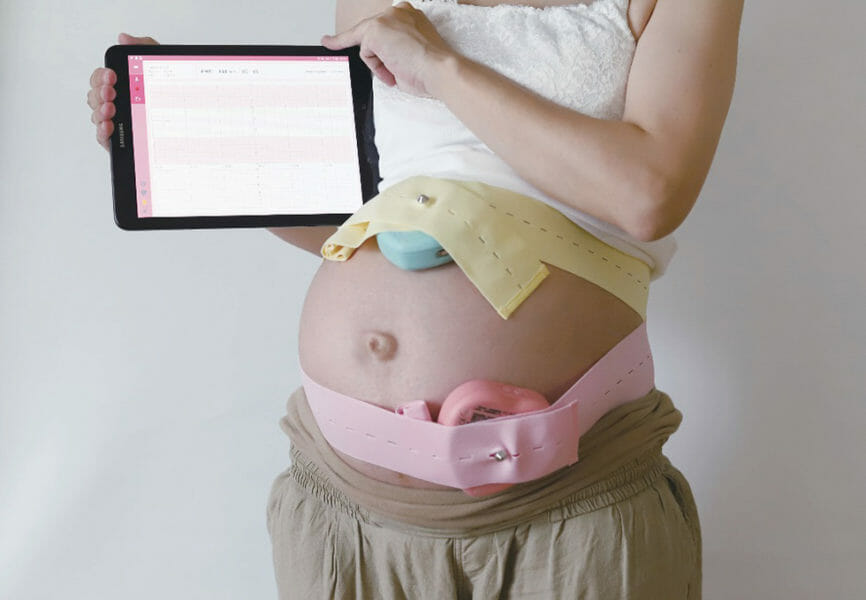
The system has also made great progress in terms of price, and can be installed at about half the cost of a conventional wireless delivery monitoring system.
Necessity of "telemedicine" keenly felt after the Great East Japan Earthquake
Editorial: What was the impetus for bringing this product to the world?
Kono: After all, it was the "Great East Japan Earthquake. The president of Melody International and I were the president and employees of a company that made electronic medical records for obstetrics and gynecology at the time. At the time of the earthquake, we saw a situation where delivery monitoring equipment was out of service, and even though data was measured by the delivery monitoring equipment, there were no obstetricians or gynecologists in the area ....... Based on that experience, we decided to create our own device and system like "iCTG" and "Melody i".
Editorial: You have seen the very scene where "telemedicine" is desperately needed.
Kono: That is correct. Incidentally, in response to the request of the University of Tokyo professors who cooperated in the development of this product, "We do not want to compromise because the development of this product is our last offering," our sensors are equipped with more than twice the number of sensors as other similar products. This has made it possible to measure fetal heartbeat data without interruption.
To eliminate "domestic" and "international" tragedies surrounding childbirth.
Editorial: Can you tell us about your future plans?
Kono: First, regarding Japan, we believe that once the Japanese legal system is revised, there will be an opportunity to greatly expand the use of our products and services. For example, when a government agency hands out the Maternal and Child Health Handbook, it could lend the iCTG to pregnant women at the same time, and establish a system in which their "family doctors" can check the data. Since every pregnant woman will receive a MCH handbook, the iCTG will be available to all pregnant women, and the price of the product could then be reduced to 10,000 to 20,000 yen.
If this is realized, it will prevent the tragedy of ...... pregnant women who are rushed by ambulance just before delivery and are not accepted by any hospital and are left in the hospital. In fact, there are a surprisingly large number of people who do not have an obstetrician/gynecologist "family doctor" and do not receive regular checkups before giving birth, and when such people are transported by ambulance, the general obstetric hospital may not know until after the patient arrives that the delivery requires advanced treatment that their hospital cannot provide. This is the reason why the hospital is often forced to use the "all-around care" method. Therefore, they have no choice but to reply, "Please go to a 'higher-order hospital' that can provide more advanced treatment in case of emergency," resulting in a roundabout way of delivery. However, with the "iCTG" data, it is possible to determine whether a general obstetrics and gynecology hospital can handle the situation and respond, "Don't worry. Please come to our hospital. We are seriously thinking of reducing the number of "round-trips" to zero.
Editorial: How about overseas expansion?
Kono: In the first place, developing countries do not have the framework and restrictions of "remote diagnosis". And our product is competitively priced compared to other companies' products that are widely used overseas. Furthermore, developing countries have a small number of medical specialists, which inevitably means that doctors are located in remote areas, and there is a high need for technology like "iCTG" that can measure and transmit data. The widespread use of "iCTG" will also help to improve the level of midwives and nurses in hospitals with pregnant women. This is because they will be able to communicate with specialists via data. We believe this will improve the quality of medical care and prevent unfortunate accidents.
<After the interview
First of all, I was very impressed by the high level of ambition of the people involved in the product development. I believe that the widespread use of such technology is essential to address the current situation in rural areas where there is a shortage of doctors. I hope that remote diagnosis for obstetrics and gynecology will be approved in Japan as soon as possible. This technology is also expected to make a significant contribution internationally, and I look forward to its further dissemination.
Melody International K.K. Official Web Site
https://melody.international/

